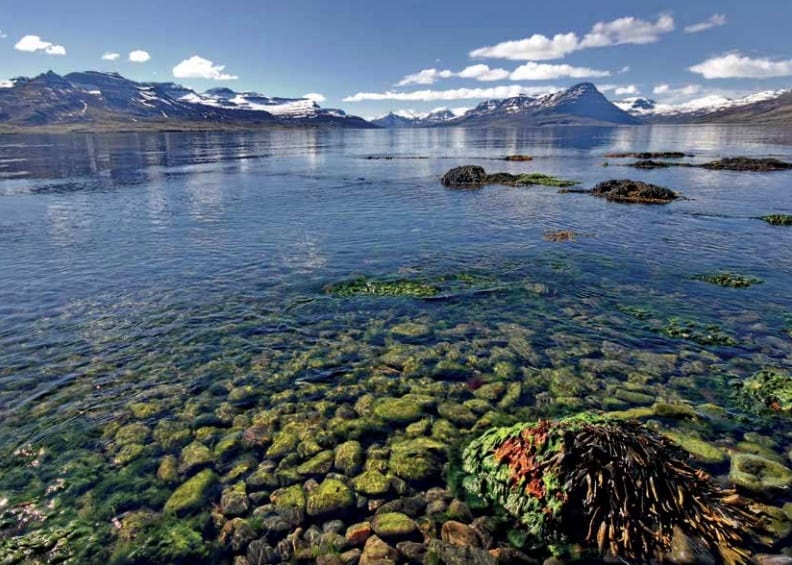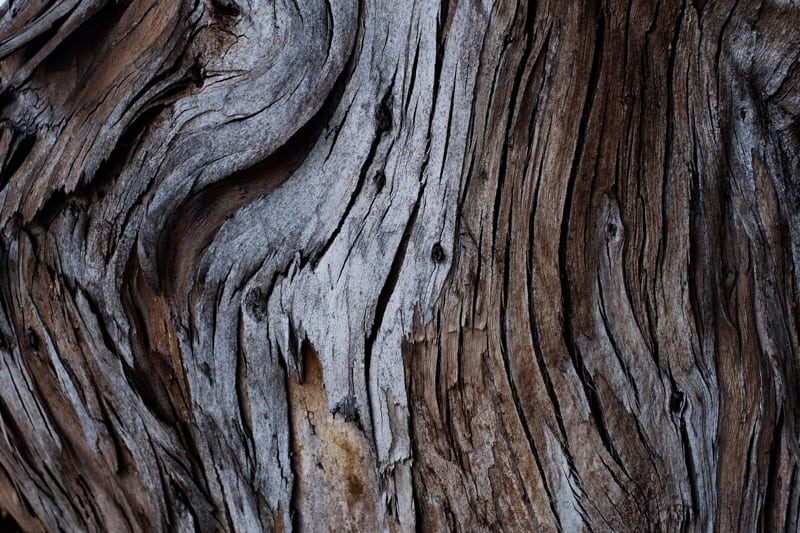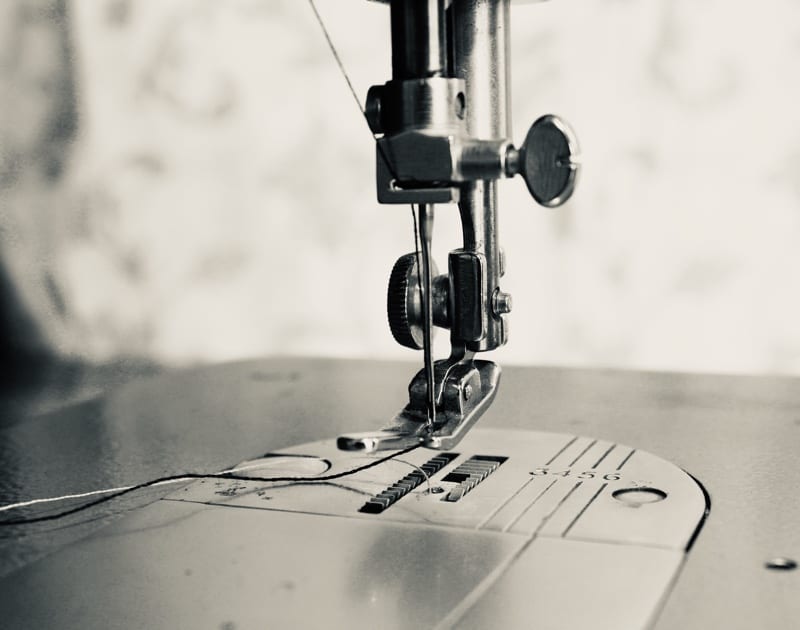Seaweed. In general people think it’s the grose slimy stuff that lies on the beach or wraps around your arms and legs while you’re taking a swim in the ocean. Other people love it when they think about sushi. There’s tons of it out there in the seas and besides the fact that seaweed is a crucial part of the marine ecosystem it surely benefits our sustainable industry. Did you know seaweed can even be a part of your wardrobe? Read more about SeaCell fabric in this post.
Seaweed is hip
Just like barista coffee is. Many health benefits attribute to seaweed because it contains high amounts of calcium, iodine and vitamins. It’s a boost for your immune system and regular consumption is linked to higher life expectancies. No wonder it has achieved the powerfood status. Besides all this foodie attention also more and more skincare products are preaching about these plants from the sea. The high concentration of minerals and antioxidants in kelp protect human skin against free radicals, reduce inflammation and regenerate cells. So they say. This is where SeaCell fabric comes in because next to being a sustainable alternative for cotton its health benefits are a big part of the story the manufacturers tell.
If we believe the tech sheet from SmartfiberAG, one of the companies that produces SeaCell fabric, it’s a bless for your skin. Thanks to a patented process they claim to preserve all the positive properties of the seaweed permanently within the fiber they make. The ingredient for SeaCell is brown kelp or Ascophyllum nodosum if you fancy the Latin language more. Brown kelp is a common large brown seaweed, found on sheltered rocky shores across the North Atlantic Ocean. You’ve probably seen it yourself but just thought is was grose slimy stuff lying on the beach.

From seaweed to SeaCell fabric
So you can drape yourself completely in seaweed by wearing stuff that’s made from SeaCell? Not completely true. In fact, the catch is that the fabric often contains less than five percent of seaweed. The kelp is dried, crushed and ground into a cellulose fiber which is completely made from wood: Lyocell. This Lyocell is a semi-synthetic fabric, already developed in 1972, and nowadays often used in sustainable apparel production. Lyocell relates to other cellulose based fibers like viscose or modal and is also called Tencel. Still with me? Nice. So since Lyocell or Tencel is the main fiber that actually binds the seaweed into it, let’s briefly explain how this is made.
Lyocell Production: As mentioned lyocell is made from cellulose, derived from wood chips from trees like Eucalyptus, Oak, and Birch. The chips go into a big chemical soup and become pulp. This pulp is then washed, bleached and dried. Big sheets of cellulose are the result. Onwards we go: the sheets are broken up again in small snippets and are placed in pressurized, heated containers filled with an organic solvent to dissolve the cellulose. A clear liquid emerges which is then pumped into spinnerets to create long, thin fibers. These fibers are the basis for making the eventual yarns in your next favorite t-shirt. With some seaweed on the side of course.
Got excited and want to make your own Lyocell at home? Read all about it here.

How sustainable is SeaCell?
Simply put, SeaCell or Tencel / Lyocell based clothing is one of the better sustainable options at this point. Both seaweed and cellulose are natural ingredients which are fully biodegradable. You have to check the labels inside the clothing though because brands and manufacturers often also use other fabrics like cotton or polyester in the mix to create the garment. So the end product is in that case not biodegradable.
The seaweed and trees harvested for lyocell production are sustainably managed. No pesticides required and the trees need less water than your average non-organic cotton field. The solvents used to break down the fibers into cellulose are chemicals (still organic but you wouldn’t drink it) but the nice part is that it’s a closed-loop process. Almost 95 percent of it is reused and doesn’t become waste. The factories still consume a lot of water and energy for the production yet again less than is required for cotton.

Conclusion
SeaCell fabric contains about 5 percent of crushed brown kelp, the rest is lyocell which comes from wood. For sure it is a very sustainable fiber that is suitable for the production of clothing. Because seaweed has high concentrations of minerals, vitamins, iodine and antioxidants the Seacell manufacturers claim it even helps to relieve skin diseases or reduce inflammation. However, the kelp is crushed and dissolved in a chemical bath and then reformed into a new cellulose fiber. So it’s a bit hard to believe that it’s still such an “active” ingredient.
On the other hand the feel of both lyocell and SeaCell fabric is awesome. The plant-based chemical structure is what gives these textiles a natural next-to-skin softness, breathability and stretch. It’s also more sustainable than non-organically grown cotton: less water required, less pesticides, less chemical waste. Who knows what the future brings. For sure it’s nice to see that more and more eco-friendly fabrics are popping up. And next time you see some brown kelp lying on the beach rub it all over your skin to boost that cell regeneration. Might be more effective and hey, it’s hip!
